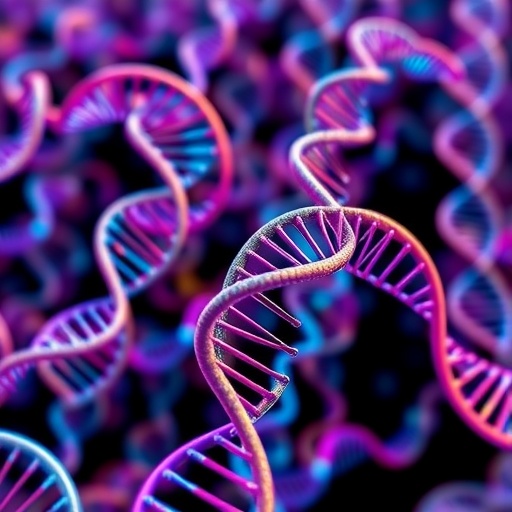The transformation of barley grains into beer is an old story, typically starring water, yeast and hops. Now, in a report in the Journal of Proteome Research, scientists are highlighting another character in this tale: proteins. The results could someday lead to a better, tastier brew.
Many proteins in beer come from the barley or yeast used to make it, and these proteins influence a brew's properties, including its flavor and foaminess. The protein profile of a beer depends on how it was produced, a complex multistep process with a murky biochemical underpinning. So, Benjamin L. Schulz, Glen P. Fox, Claudia E. Vickers and colleagues wanted to assess the full protein profile of beer over the course of production, seeking molecular beer brewing insights.
The researchers' tool of choice for probing the beer-making process was mass spectrometry, which can identify proteins based on weight. They brewed a tiny mug's worth of beer, taking samples at three stages of production for analysis: sweet wort, hopped wort and bright beer. Mass spectrometry of the samples revealed over 200 unique proteins from barley and yeast, with large changes in their relative abundance and appearance at different production steps. The researchers say that future work will focus on how the identified proteins control the flavor, bubbles and quality of beer, and how protein content could be tweaked to produce a better pint.
###
The authors acknowledge funding from the University of Queensland Collaboration and Industry Engagement fund, the Wright Biomedical Career Development Fellowship and the Queensland Government Accelerate Fellowship.
The abstract that accompanies this study is available here.
The American Chemical Society, the world's largest scientific society, is a not-for-profit organization chartered by the U.S. Congress. ACS is a global leader in providing access to chemistry-related information and research through its multiple databases, peer-reviewed journals and scientific conferences. ACS does not conduct research, but publishes and publicizes peer-reviewed scientific studies. Its main offices are in Washington, D.C., and Columbus, Ohio.
To automatically receive news releases from the American Chemical Society, contact [email protected].
Follow us on Twitter | Facebook
Media Contact
Katie Cottingham
[email protected]
301-775-8455
@ACSpressroom
http://www.acs.org




